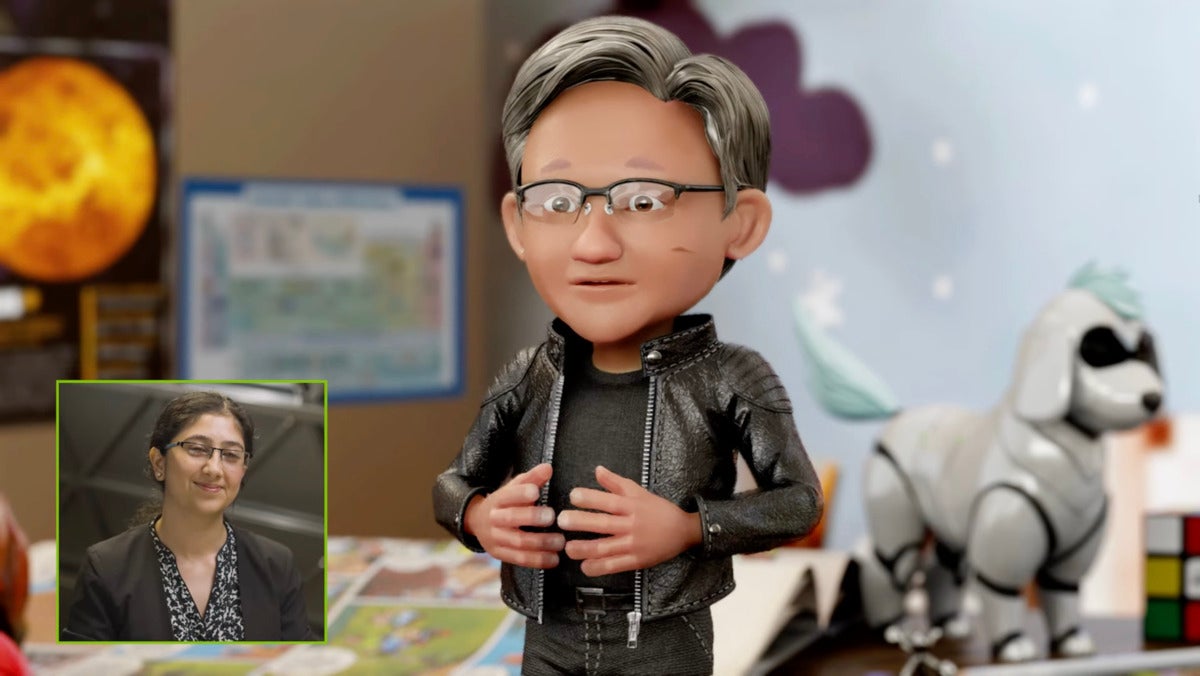Disclosure: Nvidia is a client of the author.
Nvidia’s GTC conference was once my favorite conference due to its focus on gaming; it has evolved to be my favorite conference for predicting the future. The Nvidia of today is so different from the company I first engaged with several decades ago that, were you to put them side by side, the older firm would look like a small subsidiary of today’s Nvidia.
It’s gone from changing engineering and gaming to being the foundation for the coming metaverse. I wonder whether Nvidia should have changed its name to Meta rather than letting Facebook steal that tag. Nvidia is into advanced robotics, autonomous cars, planes, and chips (part of the recent IBM autonomous ship test), advanced AI, and even medical research (their Jetson module is used to analyze Genomics). And that’s only a partial list.
At this week’s GTC, the company even unveiled Earth 2, a supercomputer-hosted, full-earth simulation built to fight climate change, but that could become the place we virtually work, play and live. In short, they’ll probably have a more significant impact.
One of the more interesting examples Nvidia proposed at GTC involved using the metaverse for collaboration using a fully rendered avatar, bringing us closer to where we want to be (and giving me a view into what the company will do in the future).
Getting away from ‘Uncanny Valley’?
One of the concepts animators talk about is the Uncanny Valley, where the animated version of a character is close to reality but just enough off to make folks uncomfortable. This is essentially why animated movies still look like cartoons; we can create higher levels of realism, but until we make it real enough, the result falls short.
 Nividia
NividiaNvidia CEO Jensen Huang’s avatar used conversational AI to answer questions.
Most avatars on the market float around like legless ghosts and are way too creepy. I can’t imagine long meetings with a bunch of avatars like that.
Avatars and the future of collaboration
Watching this element of Huang’s keynote got me thinking of what Nvidia may show us in the future. For instance, one of the problems with videoconferencing and video collaboration is that if you pay a lot for a great camera that tends to benefit the people who see you. But it doesn’t improve your experience, and these high-definition cameras show pretty much everything: a receding hairline, your complexion problems, wrinkles, any hair out of place, and any messiness in your clothing or office.
But with real-time photorealistic rendering and someone with the appropriate skills, you could not only create a realistic version of yourself time-frozen in perfection, but a virtual office using metaverse elements to create an office that would make anyone jealous. (Go to the 13-minute section of Jensen’s keynote to see what I’m talking about.)
Here is the cool part. By using a conversational computer as Huang did, you could have your digital twin attend the meeting and have the system take notes — as if you were there. The system would have access to your schedule, your documented work progress, and anything you’d produced, allowing it to answer simple questions. All of us have to attend meetings where you need to figure out project status or keep things on track. A conversational AI might be able to do that even better than you do.
With the resulting summarized notes, you can save n hour or two of meeting time, get a briefing — either in text or verbally — on just the matters of interest to you — and use your time for more critical projects. And unless someone asked a probing question the avatar couldn’t answer, it would look to the other attendees like you were there. Even if it did get a probing question, the avatar could transcribe and report the query in real-time, and you could text back a response to maintain the illusion.
To meeting, or not to meeting?
I’ve often thought the most productive way to do meetings is not to do meetings. And Nvidia shows how a digital representation of you could get what you need out of a meeting without wasting your time on unimportant issues.
When I graduated college, I thought my ideal job would be to spend all day in meetings talking about things. Then I got a job spending all day talking about things but not getting much done; it damn near drove me nuts. Now, my idea of a great job is where someone else attends meetings for me to get stuff done.
At GTC, Nvidia gave me hope for my preferred future, which is nearly as cool as the four-rotor flying sports carcompany execs also mentioned. It’s like Christmas came early this year.
Copyright © 2021 IDG Communications, Inc.
